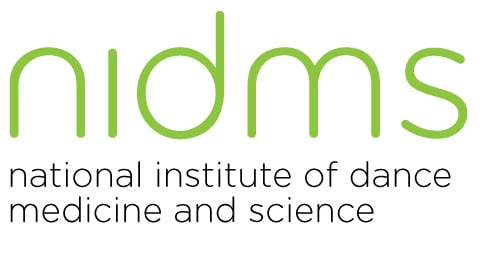Optimizing Performance Potential
In recent years, Laban has been at the forefront of dance science, developing a successful, and constantly improving screening programme for its undergraduate students (Redding et al., 2005). The recently merged Trinity Laban puts staff in a prime position to adapt the dance science model to music and develop more music-specific screening tests.
Music & Dance Science: Optimizing performance potential via an interdisciplinary music and dance screening and profiling programme.
Research is being undertaken by a team of staff across Trinity Laban to develop Music and Dance Science via an interdisciplinary screening and profiling programme. A small amount of funding was provided by the Higher Education Funding Council of England (HEFCE) Teaching Quality Enhancement Fund (TQEF) to initiate this research. The aim of this research project is to profile and screen music and dance vocational students at Trinity Laban Conservatoire of Music and Dance at varying times during their training programmes. The project is an interdisciplinary investigation of the characteristics of music and dance performance, measuring physiological, biomechanical and psychological variables. Both qualitative and quantitative research methods are employed and the extent to which these factors correlate and interact is explored.
Screening is used both to identify potential problems at an early stage, and to develop prevention and/or rehabilitation strategies for individuals (Liederbach, 1997). Profiling gathers descriptive information about the status of a performing artist and/or to observe changes to their status across time (Chatfield, Byrnes, Lally & Rowe, 1990). Laban was one of the first dance training institutions to pilot comprehensive screening within its undergraduate programme and is currently perceived as espousing the leading dance screening model through its pioneering methodology and unique dance-specific expertise. There is currently no music screening model. Yet, Brandfonbrener (2006) advocates that musicians’ playing, medical and psychological histories should be examined in order to treat, or by extrapolation to predict, the likelihood of injury.
In recent decades, science has become a major contributor to advances in sport training and performance. Progress in dance and music, however, is not yet comparable. Most dance and music training is based on pedagogic experience and tradition rather than sound scientific principles. There is a growing body of research that encourages dance educators to review their training methods (Kimmerle & Côte-Laurence, 2003). There is also recent research that emphasises effective physical preparation for the musical ‘athlete’ (Llobet & Odam, 2007). The application of relevant science-based physiological and psychological research in dance and music is considerably behind that of sport. Therefore, the degree to which such knowledge can effectively translate into improved training methods, and the enhancement of welfare and performance, of performing artists has thus far been small.
This research hopes to address the aforementioned gap and explore new approaches to optimize performance for music and dance students in a vocational training environment. This project has a descriptive and longitudinal design, involving approximately 180 dance and music students. Both validated and standardised tests are used, as well development of new ways to assess some of the performance determinants that are not currently possible to assess through existing tests.
The overarching objectives of this investigation are to:
• Examine physiological, biomechanical and psychological profiles of music and dance students;
• Observe changes in baseline profiles across time, thereby determining the effect of the current training on these profiles;
• Determine the interactive relationship between biomechanical, physiological and psychological factors relevant to dance and music performance and better understand the ‘whole’ dancer and ‘whole’ musician;
• Empower students to feel responsible for their own training and development;
• Show through scientific research the need for educational modules and electives within music and dance vocational training that address issues on health;
• Develop new screening tests that assess dance and music specific performance parameters.
• Identify issues for consideration in future development of training pedagogies in music and dance sources to continue
Trinity Laban is a partner of:
Contact Dance Science
Please contact us at dancescience@trinitylaban.ac.uk

